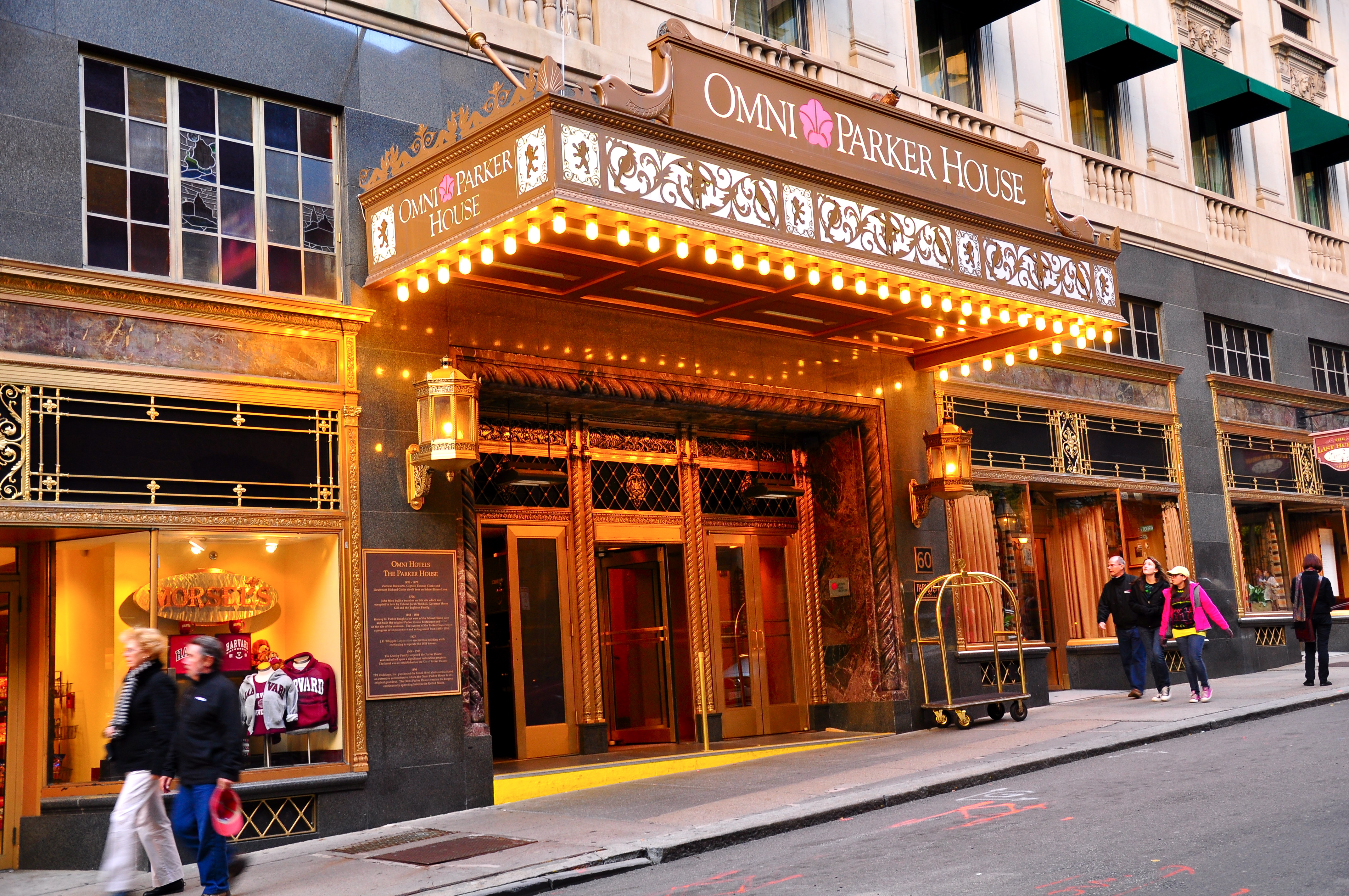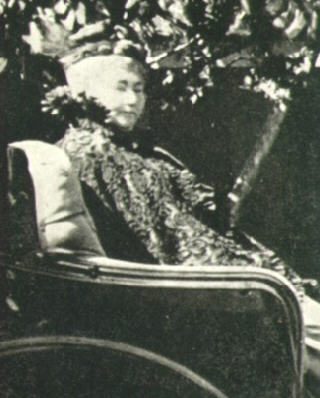 |
The hospital before it became a ruin
Courtesy of Hanson Historical Society |
|
I grew up in a small town on the South Shore in Massachusetts. Hanson didn't have much going on, but I lived right across the street from the entrance to one of the coolest sites in town–the abandoned Plymouth County Hospital. I learned to roller blade on the cracked pavement behind the abandoned hospital, hiked the bogs that stretched for miles in the woods around it, and even once snuck in through the kitchen door.
As kids, myself, my four siblings, aunts, uncles and cousins (yeah, we were all around the same age) would pedal our bikes up the long drive from the ornate stone wall that marked the entrance all the way up to the parking lot of the hospital. I imagine we made that journey sometimes when the hospital was still open, circumventing the building and heading straight for the trails out back. We must have. I remember walking there with my grandmother who died when I was eight. I was 10 when the hospital closed for good.
Plymouth County Hospital was already in disrepair when it closed. I can't remember a time when it didn't look a bit decrepit with black stains dripping down the concrete from the bottoms of the windows. The pavement is never smooth in my memories, the windows never fully intact. Still, it was gorgeous and ample fodder for my overactive imagination. In fact, were it not for that hospital, I doubt I would have half an interest in ghost stories and horror novels. When you spend your youth looking into the slowly crumbling eyes of an out-of-place building, you start to wish it were haunted, if only so you can scare the neighbor's kids and then brag to your siblings about it.
 |
My own picture taken in 2014
The tile roofs hint at its former self |
The taller I got, the sicker County Hospital, as we called it for short, got. By the time I got to high school and was only walking down there to sneak a cigarette, there wasn't a single unblemished windowpane in the place. The doors were rotting. The once beautiful, sunny verandas were falling apart at the frames. I managed to sneak in before it all went to hell, and long before vandals would nearly destroy the structure. Inside, I found that the hospital was well and truly abandoned. When the staff left, they left a lot of stuff behind, which made it all the more interesting to me.
One day toward the end of my time in middle school, I noticed that one of the back doors was partly open. I obeyed my parents, and local laws, until then, but something inside me always wanted to go into the place. I convinced my sister and I believe the neighbor kid (I'll have to ask them) to shimmy through the gap in the door. On the other side, we found an open walk-in cooler. It'd been abandoned too long for it to smell as rancid as it looked. We moved on and found patient beds, kitchen knives, projectors, a chalkboard, papers strewn everywhere, an elevator shaft and scary story fodder to last a lifetime.
 |
What the inside looked like.
I believe this room was destroyed in the fire. |
Years later, knowing the place is as close to utter ruin as it can be, I realize Plymouth County Hospital was a wonderfully unusual place. Sure, terrible things happened there. How could they not have? Still, it was so out of place in those woods with its Spanish look and the way it was built to stagger down Bonney Hill. It's a tragedy that it was not saved.
Opening and Purpose
Plymouth County Hospital, which some also refer to as Cranberry Specialty Hospital, a name I personally cannot find evidence of in historic literature, was opened in 1919. Construction began two years earlier, but WWI delayed its progress. According to a contemporary pamphlet, clearing of the land and construction of the basement was completed by "inmates of the County Farm."
The structure is built in Mediterranean Renaissance style with a clear emphasis on Spanish details. Red tiles and smooth concrete with verandas, a columned entryway and a curving corridor visible from the back all came together for a look utterly unusual to the area.
 |
It would have been freezing.
Notice the curved corridor in the background? |
The original purpose of the hospital was to provide long-term care for individuals with tuberculosis–a lot of whom were children. It was not a scary asylum, but rather a place where people tried the therapies they thought would work. However, that did sometimes mean bizarre light therapy and small children with tuberculosis outside in the snow wearing nothing but small rompers.
The building was made with plenty of light and ventilation specifically so the patients could get sun and dust would be less of a problem. Still, many would die within the walls of Plymouth County Hospital before a viable treatment for TB became available.
The Beginning of the End
Antibiotics used to treat tuberculosis contributed to a huge decline in cases requiring long-term care. People were getting better and doing it much faster. Entire facilities dedicated to the disease were no longer necessary. Therefore, in the 60s, Plymouth County Hospital began taking on a range of chronically ill and terminal patients. As such, it was still a pretty grim place in terms of patient outcomes.
Closing
By 1992, there was not enough funding to repair Plymouth County Hospital. Another hospital was built in the county to replace it, but that closed too before long. The hospital and the property would belong to the town of Hanson and political issues, bankruptcy and public outcry would fill its history in the decades after it closed.
Sadly, multiple arson fires nearly destroyed Plymouth County Hospital in the early 2000s. Any hope that the old hospital would be restored and used for some public good were destroyed with it. Today, it is fenced off. Trespassing is forbidden. Lead and asbestos pose a significant risk on the property. Still, there are no plans to finish the job and take the husk of Plymouth County Hospital down.
 |
| If I had a few million bucks . . . |
Haunting
Given that the hospital was the site of so many deaths, it's natural that ghost stories have popped up. To be honest, I don't know any off the top of my head apart from those my family and I made up to scare each other. However, I do know that it is one of the most popular ghost hunter locations on the South Shore, so we're not the only ones to whisper about hospital patients staring out from behind dingy windows. If you have a story about Plymouth County Hospital, please share it below.
_p390_DANVERS%2C_STATE_INSANE_ASYLUM.jpg)
















